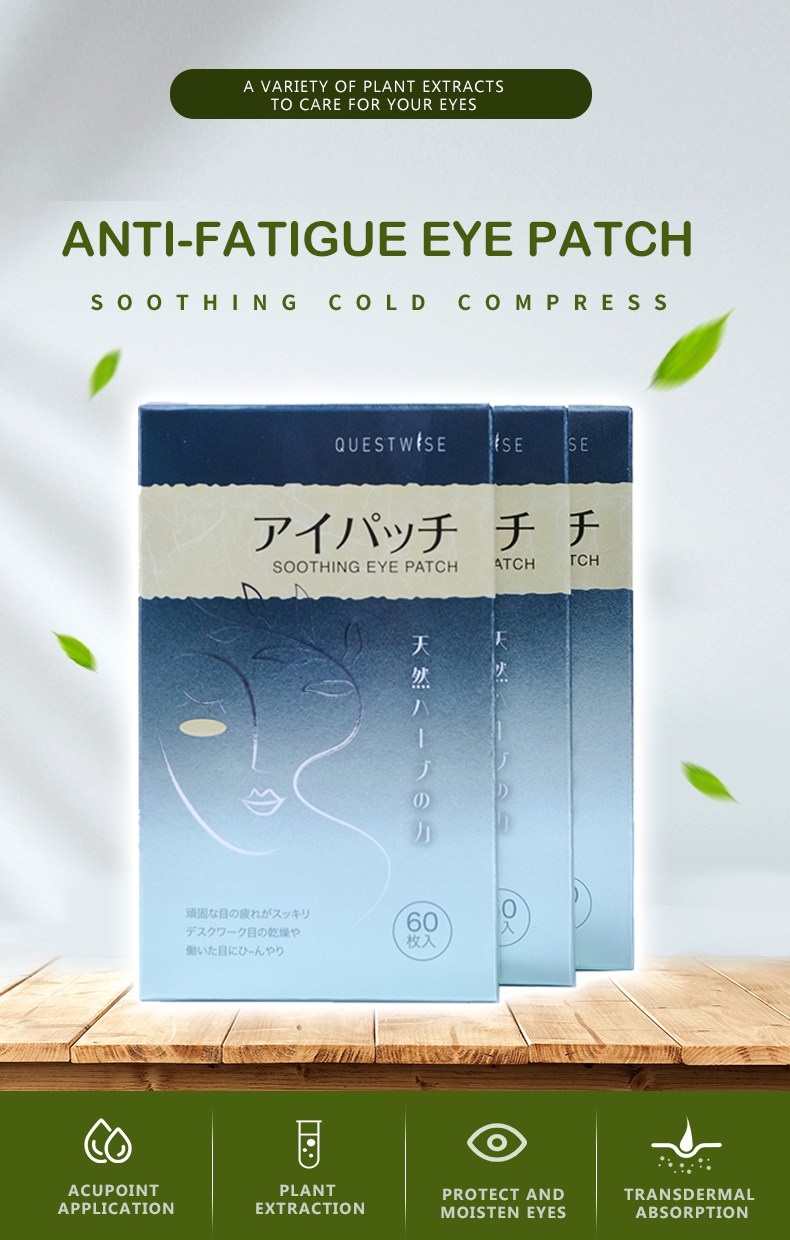The Growing Concern of Cataracts and What You Can Do
Cataracts represent one of the most prevalent causes of vision impairment globally, affecting millions of people, particularly as they enter their senior years. This progressive clouding of the eye's natural lens can lead to a spectrum of visual disturbances, ranging from mild blurriness and halos around lights to significant visual deterioration, impacting daily activities and overall independence. In 2025, understanding the factors that contribute to cataract formation and, more importantly, exploring potential preventative strategies is more crucial than ever. While the aging process is an unavoidable factor, a proactive and informed approach to eye health can make a substantial difference in delaying onset, slowing progression, and maintaining optimal vision throughout life. As medical professionals, we are dedicated to empowering our patients with the knowledge and tools necessary to protect their sight.
The intricate structure of the human eye, a marvel of biological engineering, is susceptible to the cumulative effects of time and external influences. Among the most common age-related changes is the development of a cataract. Essentially, a cataract is the opacification of the lens, the transparent structure located behind the iris and pupil that focuses light onto the retina. When this lens becomes cloudy, light is scattered, preventing a clear image from forming on the retina, leading to the characteristic symptoms of blurred vision, glare sensitivity, and diminished color perception. The World Health Organization (WHO) consistently identifies cataracts as a leading cause of blindness and visual impairment worldwide, underscoring the global impact of this condition. Therefore, understanding the nuances of cataract development and actively pursuing preventative measures is not merely a matter of convenience but a vital component of maintaining one's quality of life and independence as we age.
Deconstructing Cataract Development: Key Risk Factors Unveiled
The development of cataracts is a multifactorial process, influenced by a complex interplay of genetic predispositions and environmental exposures. Recognizing these contributing elements is the first step towards implementing targeted preventative measures:
- The Inevitable March of Time (Age): While not solely an age-related disease, the risk of developing cataracts escalates significantly after the age of 60. The biochemical processes within the lens undergo changes over decades, making them more susceptible to clouding. This natural aging process involves the breakdown and clumping of proteins within the lens.
- Heredity's Role: If your family members have experienced cataracts, especially at a younger age, you may have a higher genetic predisposition. This highlights the importance of early and regular eye screenings for individuals with a family history. Genetic factors can influence the rate at which lens proteins degrade and the eye's ability to repair cellular damage.
- Systemic Health and Ocular Well-being: Certain chronic medical conditions, most notably diabetes mellitus, have a strong association with an increased risk and earlier onset of cataracts. Poorly controlled blood sugar levels can adversely affect the lens. Similarly, hypertension can also contribute to ocular changes over time. Specifically, high blood glucose levels can lead to the accumulation of sorbitol within the lens, causing it to swell and become opaque.
- Lifestyle Choices with Significant Impact: Lifestyle decisions play a profound role. Long-term smoking is a well-established risk factor, as the oxidative stress it induces can damage lens proteins. Excessive and chronic alcohol consumption has also been linked to an increased incidence of cataracts. Smoking introduces free radicals into the body, overwhelming the eye's natural antioxidant defenses.
- Environmental Assaults on the Eyes: Prolonged and unprotected exposure to ultraviolet (UV) radiation, primarily from sunlight, is a significant environmental contributor. UV rays can damage the proteins within the lens, initiating the clouding process. The cumulative effect of UV exposure over a lifetime is a major factor in the development of cortical and posterior subcapsular cataracts.
- Past Trauma and Inflammation: A history of significant eye injuries, blunt or penetrating trauma, or chronic inflammatory conditions within the eye can sometimes lead to the development of secondary cataracts. Inflammation can disrupt the normal metabolic processes of the lens, leading to protein denaturation.
- Medications and Treatments: Certain long-term medications, such as corticosteroids (used for conditions like asthma or arthritis), have been linked to an increased risk of developing specific types of cataracts. It is crucial to discuss potential side effects with your prescribing physician.
Proactive Strategies for Eye Health: Lifestyle and Nutrition
Embarking on a path of proactive eye care involves integrating healthy habits into your daily routine. These choices can significantly bolster your eyes' resilience:
- Shielding Your Eyes from UV Rays: This cannot be overstated. Always wear high-quality sunglasses that offer 100% protection against both UVA and UVB radiation whenever you are outdoors, even on cloudy days. A wide-brimmed hat can provide additional shade. Opting for sunglasses with wraparound designs offers even greater protection by minimizing peripheral light entry.
- The Imperative of Quitting Smoking: If you smoke, quitting is one of the most impactful health decisions you can make, benefiting not just your lungs but also your eyes. Reducing oxidative stress is key to protecting lens clarity. Seek support from cessation programs, nicotine replacement therapies, or your healthcare provider to aid in your quitting journey.
- Mindful Alcohol Consumption: Moderation is crucial. Limiting alcohol intake can contribute to better overall health, including the health of your eyes. Excessive alcohol consumption can dehydrate the body and potentially interfere with nutrient absorption, indirectly impacting ocular health.
- Nourishing Your Vision with Diet: A diet rich in antioxidants, particularly vitamins C and E, along with lutein and zeaxanthin, can help combat oxidative stress. Incorporate plenty of colorful fruits and vegetables (like berries, citrus fruits, spinach, kale), nuts, seeds, and fatty fish (rich in omega-3 fatty acids) into your meals. These nutrients act as cellular protectors, neutralizing harmful free radicals that can damage lens cells. Consider consulting a nutritionist to develop a diet plan that specifically supports eye health.
- Effective Management of Chronic Diseases: Diligently follow your healthcare provider's recommendations for managing conditions like diabetes and hypertension. Stable blood sugar and blood pressure are vital for preventing complications, including those affecting the eyes. Regular monitoring and adherence to prescribed treatments are paramount.
- Regular Exercise and Healthy Weight: Maintaining a healthy weight and engaging in regular physical activity can improve circulation and reduce the risk of systemic conditions like diabetes and hypertension, both of which are linked to cataracts. Aim for at least 150 minutes of moderate-intensity aerobic activity per week.
Addressing Modern Eye Strain and Discomfort
In our increasingly digital world, prolonged screen time has become an unavoidable aspect of life for many, contributing to prevalent issues such as digital eye strain, fatigue, and dryness. While these symptoms are not direct precursors to cataracts, maintaining ocular comfort and health is paramount for overall visual well-being. For individuals who experience persistent discomfort from screen use, finding effective relief is essential. The Wise Quest Soothing Eye Patches - 3-Month Wellness Pack offers a potential avenue for managing these concerns.
These patches are formulated to be non-toxic and utilize carefully selected, high-quality ingredients to soothe and relieve symptoms associated with chronic dryness and eye strain. They are particularly beneficial for individuals who spend extended periods using digital devices and are seeking a safe, reliable, and long-term solution. Produced in Japan, this comprehensive 3-month supply is designed as a dedicated investment in nurturing your eyes' daily comfort and health. Integrating such supportive eye care practices can contribute to a more pleasant visual experience and support the ongoing health of your ocular system. The convenience of these patches makes them an accessible option for daily relief, ensuring your eyes feel refreshed even after long hours of work or entertainment.

The Indispensable Role of Regular Professional Eye Examinations
The cornerstone of effective cataract prevention and management lies in the consistent undertaking of comprehensive eye examinations. An ophthalmologist or optometrist possesses the expertise and specialized equipment to detect the earliest signs of cataract formation, often long before any noticeable symptoms manifest. This early detection is invaluable, enabling timely monitoring and intervention, ensuring that any potential progression is managed proactively. These comprehensive exams typically include visual acuity tests, refraction to determine the need for glasses or contact lenses, and a thorough examination of the external eye structures, the lens, retina, and optic nerve. Specialized tools like a slit lamp allow for detailed visualization of the eye's interior, making the detection of subtle lens opacities possible. Furthermore, these professional consultations provide an invaluable opportunity to discuss your individual risk factors, lifestyle, and medical history, allowing for the development of a personalized eye care strategy. Make regular eye check-ups a non-negotiable part of your health regimen; they are your best defense for preserving clear vision throughout your life. The frequency of these exams will be determined by your age, overall health, and any existing eye conditions, but generally, annual or bi-annual check-ups are recommended for adults over 40.
Understanding Different Types of Cataracts and Their Prevention
It is important to note that not all cataracts develop in the same manner. Understanding the primary types can further refine preventative strategies:
- Nuclear Sclerotic Cataracts: These typically affect the central part of the lens (the nucleus) and are most strongly associated with aging. They tend to develop slowly and can cause a gradual worsening of distance vision, sometimes accompanied by a change in color perception, making colors appear more yellowish or brownish. Maintaining good overall health and managing chronic conditions are key preventative measures.
- Posterior Subcapsular Cataracts: These form at the back of the lens, just in front of the lens capsule. They often develop more quickly than nuclear cataracts and can cause significant glare and difficulty reading, especially in bright light. Factors like diabetes, steroid use, and intense UV exposure are particularly linked to this type. Strict adherence to diabetes management and diligent UV protection are critical.
- Anterior Subcapsular Cataracts: These form at the front of the lens, within the lens capsule. They are less common and can be associated with eye trauma, inflammation, or certain genetic conditions.
While the aging process is a universal factor, focusing on the modifiable risk factors—such as UV protection, healthy diet, and controlling systemic diseases—can influence the type and rate of cataract development.
A Holistic Approach to Preserving Your Vision
In conclusion, while the complete elimination of cataracts is not entirely within our control due to the natural aging process, a significant reduction in risk and a potential delay in their development are achievable. By embracing a holistic strategy that encompasses a healthy lifestyle, rigorous UV protection, mindful nutrition, effective management of systemic health conditions, and the utilization of supportive eye care products like the Wise Quest Soothing Eye Patches - 3-Month Wellness Pack for screen-related eye strain, you are actively investing in the long-term health and clarity of your vision. These patches provide a targeted approach to managing the discomfort associated with modern digital lifestyles, contributing to overall ocular comfort. When these proactive measures are combined with the unwavering commitment to regular professional eye examinations, you create a powerful shield against the impact of cataracts, ensuring a brighter visual future. Remember, the health of your eyes is a lifelong journey, and informed, proactive steps taken today can profoundly impact the clarity and quality of your vision for years to come.
















